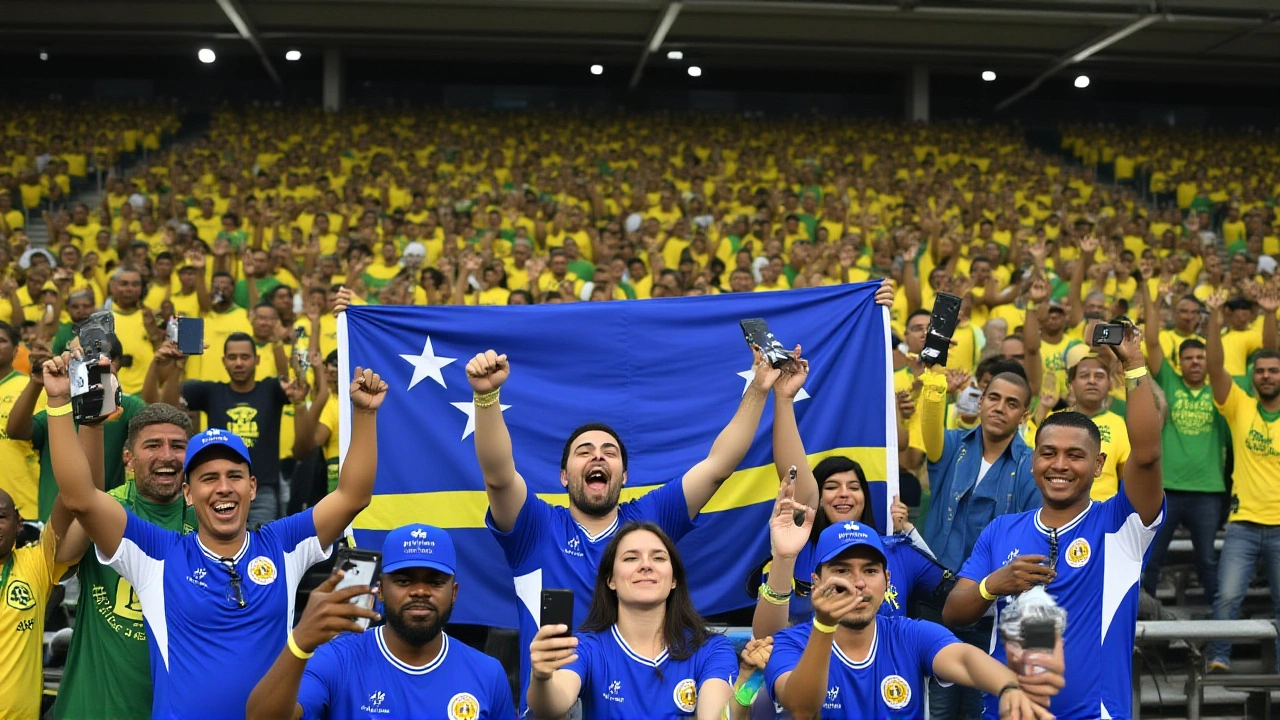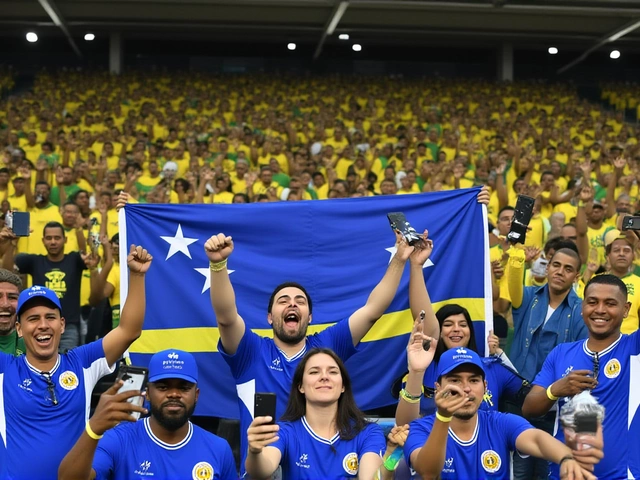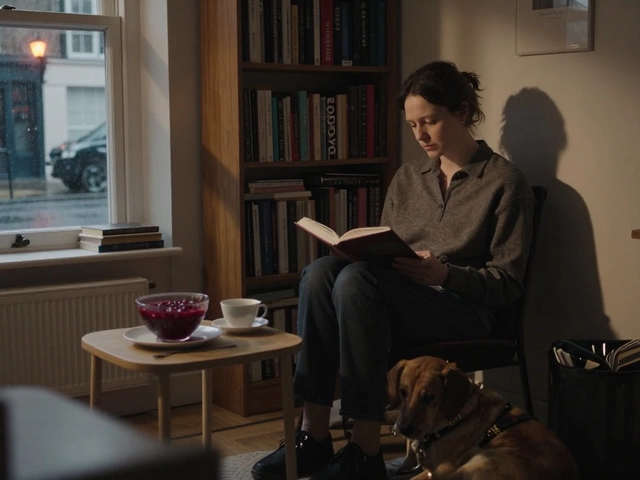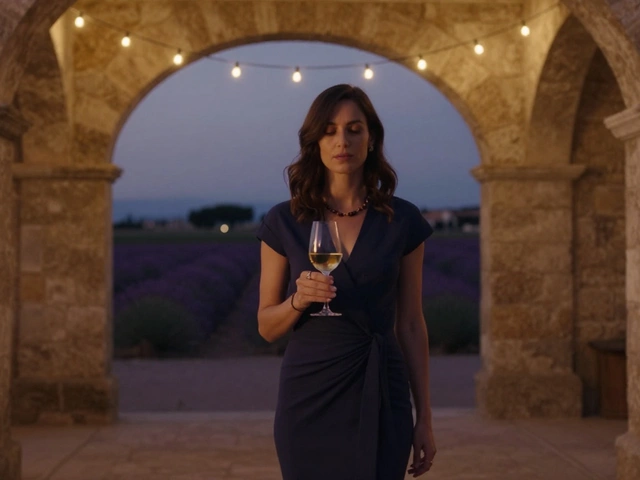The Curaçao national football team didn’t just win a match — they rewrote history. On November 19, 2025, the tiny Caribbean island, population just 160,000 and land area a mere 444 square kilometers, became the smallest sovereign nation ever to qualify for the FIFA World Cup . The moment was captured in a raw, emotional video by Agence France-Presse (AFP), showing an unidentified coach or team official, voices cracking with pride, telling players: "We will show everyone that we are small, but we are big at heart." And for the first time ever, the world will see that heart beat on football’s biggest stage.
A Nation That Shouldn’t Be Here — But Is
Curaçao isn’t just small. It’s the kind of place most football fans wouldn’t find on a map unless they were looking for beaches, not brackets. Located just 65 kilometers off Venezuela’s coast, it’s an autonomous country within the Kingdom of the Netherlands, with no professional league, no multi-million-dollar academy system, and no history of World Cup appearances. Before this, the smallest nation to ever reach the tournament was Iceland — population 340,000 — in 2018. Curaçao isn’t just smaller. It’s less than half the size.Yet here they are. Their path to qualification came through the brutal CONCACAF qualifiers, where they outlasted rivals like Jamaica — a team with a far larger population, more resources, and a stronger football pedigree. The exact score and date of the decisive match remain unconfirmed, but the outcome was seismic. In a region where powerhouses like the United States, Mexico, and Costa Rica dominate, Curaçao’s triumph feels like David with a slingshot made of seaweed and hope.
The Moment That Shook the Island
The AFP video, just over a minute long, is more than a news clip — it’s a cultural artifact. At 17 seconds in, the speaker — no name, no title, just a man in a tracksuit with tears in his eyes — says: "I didn’t expect this because I thought Jamaica was a strong team, but we did it." That line isn’t just humility. It’s truth. Jamaica has produced Premier League players. Curaçao has produced heart.At 27 seconds, he whispers: "Finally, we did it." The applause swells. At 35 seconds, he delivers the line that will echo in Caribbean football history: "We are small, but we are big at heart." No corporate sponsors. No PR team. Just raw, unfiltered emotion. The video ends with a simple "Thank you," and the sound of a whole island breathing out after decades of dreaming.
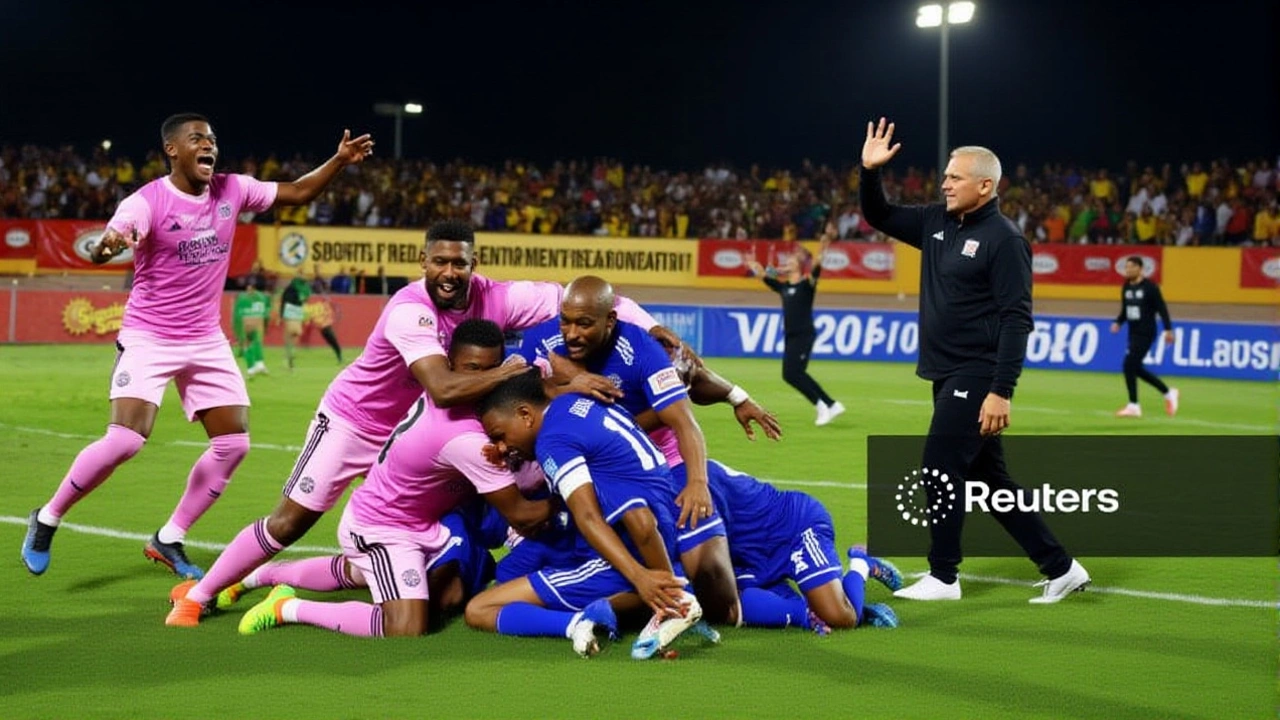
A New Class of World Cup Debutants
Curaçao isn’t alone in making history. The 2026 World Cup — jointly hosted by Mexico, United States, and Canada — is the first to feature 48 teams. And with that expansion came new faces: Cape Verde, Jordan, and Uzbekistan all qualified for the first time. But none of them carry the same symbolic weight as Curaçao. Cape Verde has over 500,000 people. Jordan, 11 million. Uzbekistan, 35 million. Curaçao? 160,000. A single city in any of those countries.This isn’t just about football. It’s about representation. For generations, kids on Curaçao’s dusty pitches dreamed of playing in the World Cup — but never believed they could. Now, they have proof it’s possible. And that’s more valuable than any sponsorship deal.
What Comes Next?
The tournament kicks off June 11, 2026, in cities from Mexico City to Los Angeles to Toronto. Curaçao’s group stage opponents aren’t yet known, but they’ll face giants. Still, don’t count them out. In 2021, they stunned Suriname 3-2 in a CONCACAF Nations League match. In 2023, they held Honduras to a draw. They play with grit, not glory. Their squad is mostly made up of players from the Dutch lower leagues, local amateurs, and a few expats who chose to represent the island of their roots.There’s no money for fancy camps or sports science labs. No billionaire owners. Just a national federation working with a $2 million annual budget — less than what some Premier League clubs spend on a single player’s weekly salary. And yet, they’re going to the World Cup.
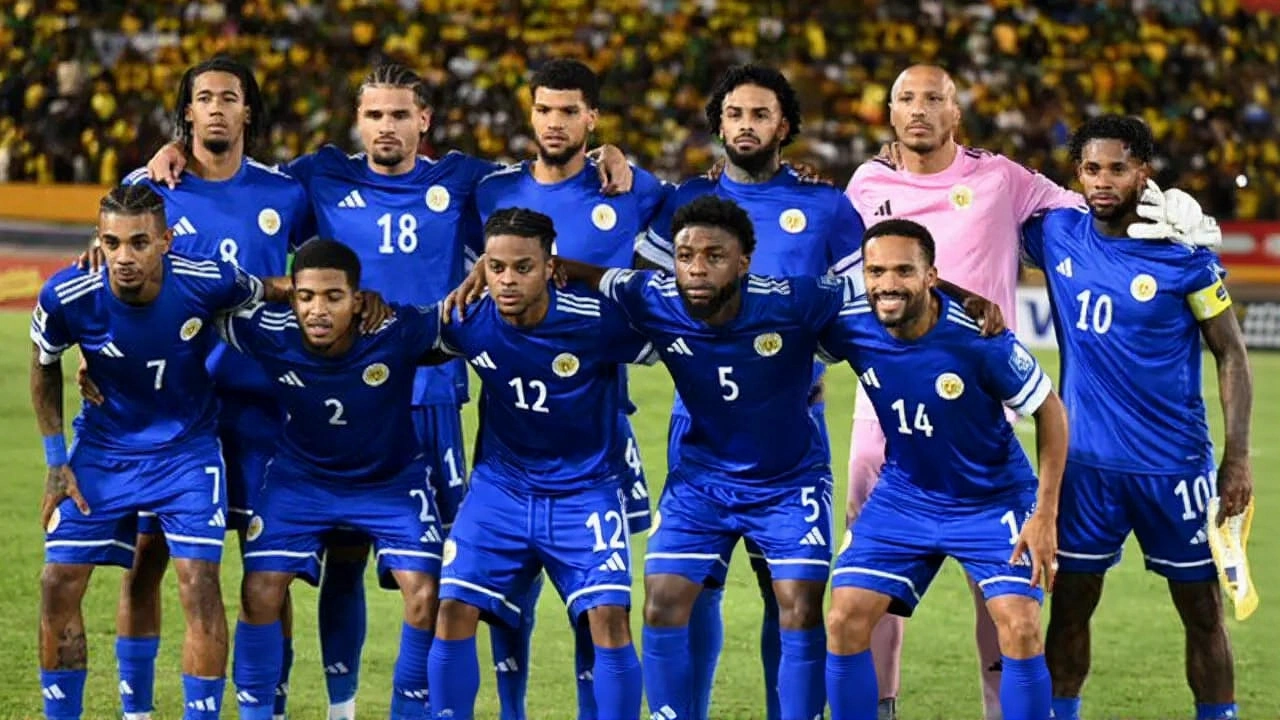
Why This Matters Beyond the Pitch
This isn’t just a feel-good story. It’s a challenge to the entire football establishment. For decades, the World Cup has been dominated by nations with vast populations, deep infrastructure, and centuries of football tradition. But Curaçao proves that passion, unity, and belief can overcome those barriers. It’s a reminder that football, at its core, isn’t about GDP or stadium size — it’s about people.For the 160,000 residents of Curaçao, this isn’t just a team’s achievement. It’s their legacy. Schools will pause classes to watch. Bars will fill with singing. Grandparents who never thought they’d see this day will cry. And when the first whistle blows in June 2026, the whole world will be watching — not because they expect a win, but because they know they’re witnessing something rare: a nation that refused to be invisible.
Frequently Asked Questions
How does Curaçao’s population compare to other World Cup qualifiers?
Curaçao’s population of approximately 160,000 is less than half the size of Iceland, the previous smallest nation to qualify (340,000 in 2018). It’s smaller than many single cities in Europe or North America — including Providence, Rhode Island, or Halifax, Nova Scotia. No other World Cup participant has ever had fewer than 500,000 residents.
What’s the history of Curaçao in international football?
Before 2026, Curaçao had never qualified for a World Cup. Previously known as the Netherlands Antilles, the team competed under that banner until 2010, when Curaçao became autonomous. Their best previous result was reaching the CONCACAF Gold Cup quarterfinals in 2017. They’ve never won a World Cup qualifier in regulation before this campaign.
Who is the coach of the Curaçao national team?
As of late 2025, the head coach is Guus Hiddink, the legendary Dutch manager who led South Korea to the 2002 World Cup semifinals and Russia to the Euro 2008 quarterfinals. Hiddink, 78, took over in 2023 and brought tactical discipline and psychological resilience to a team known for raw talent but inconsistent structure.
Will Curaçao have a chance to win a match in 2026?
They’re unlikely to top their group, but they’ve proven they can compete with stronger sides. In 2023, they drew 1-1 with Honduras and beat Jamaica 2-1 in a qualifier. With proper preparation and a bit of luck, a single goal in a tight game could be enough to send them into the history books — not as winners, but as warriors who refused to be outplayed.
How is Curaçao preparing for the 2026 World Cup?
With limited funding, Curaçao’s preparation relies on friendlies against lower-tier CONCACAF teams and training camps in the Netherlands, where many players are based. They’ve arranged two warm-up matches in the U.S. in May 2026 — one in Miami and another in Orlando — to acclimate to the climate and playing surfaces they’ll face in the tournament.
What impact will this have on football in the Caribbean?
Curaçao’s qualification has already sparked renewed interest across the region. Trinidad and Tobago, Haiti, and Suriname are all investing more in youth academies, hoping to replicate the model. FIFA has pledged $500,000 in development grants to Curaçao’s federation, and local businesses have started sponsoring youth teams for the first time. It’s not just a win — it’s a blueprint.
